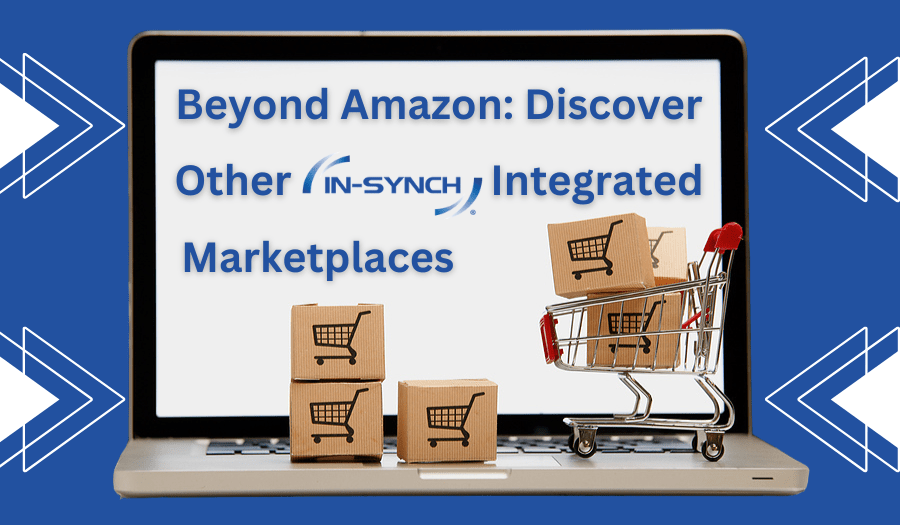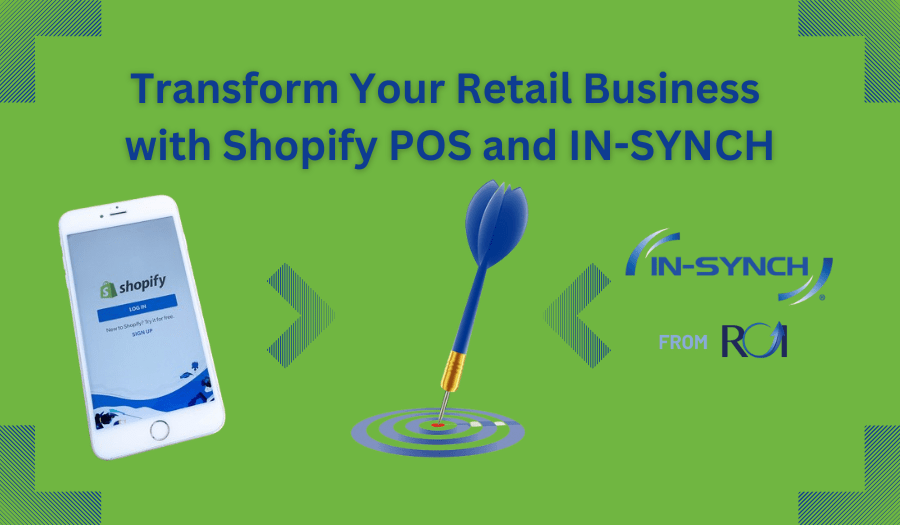By Ruth Richter • May 10, 2017
Ever been curious about how Sage 100 integration works between your ERP and an e-commerce system? Get the details in this handy post, and get a layman’s view into what the IN-SYNCH system from ROI Consulting is doing in the background.
If you don’t care about how the integration process works, and would simply like to get started on your own integration project, get in touch with the data-integration experts at ROI Consulting to learn more.
What Exactly Is Sage Software Integration?
A typical scenario we find with Sage 100 customers is where the business either manufactures and resells a product or they purchase and resell a product AND the volume of business has gotten unmanageable manually. At this point, our future customers go looking for a solution that can connect Sage 100 to an online shopping cart or e-commerce platform so shoppers and customers not only have an easy way to make their orders online but the orders make their way to Sage automatically.
Without Sage software integration, there is a great deal of wasted time and money on duplicate data entry, which typically causes delays, errors, and a whole lot of stress.
What’s Happening in the Background of a Sage Software Integration
Though the result of an integration project will simply look like your two systems, e-commerce and ERP, are working together in tandem to deliver information so your business can run faster and more efficiently, the integration process is actually quite complex on the back end.
As an example, the following is the flow of the data once the checkout is completed on the e-commerce platform:
- The e-commerce platform or shopping cart completes the order and sends the transaction data to an intermediary database.
- The IN-SYNCH integration application by ROI Consulting sees the new data file and automatically enters the Sage sales order as if someone entered it manually.
- IN-SYNCH knows where to place the data because of the mapping process that takes place during implementation. The data is now stored in your ERP and can be accessed by your team, just like information that they enter directly into your Sage system.
- Typical order actions ensue in your Sage system, such as invoicing and order allocation.
- In addition, since the e-commerce generated data is now housed in your ERP, it’s subject to any workflows you previously set up, such as alerts or prioritization actions.
- As data within your ERP, the order can also be flowed from your ERP into a warehouse management system (WMS), if you have one, so you can pick, pack, and ship in record time.
- Once the order is prepared for shipment and the tracking number is entered into Sage 100, the update in Sage 100 is automatically noticed by IN-SYNCH due to the mapping. Automatically, IN-SYNCH delivers the tracking data to the staging database so it is available to the e-commerce system.
- If the e-commerce system is configured to send customer’s shipping information, the platform will complete its own workflows, such as automatically emailing your customer with an order confirmation or shipping update.
Integration Leads to Happier, More Satisfied Customers
As you can see, through synchronization your systems will complete the data-entry work, so your business can process more orders faster and provide higher levels of feedback to your customers. Quick order processing and a more transparent order process offers your customers the modern online-ordering experience they’re used to, helping your company become their go-to partner for whatever they need.
What’s the next step? Take advantage of the knowledge that comes from nearly 20 years of Sage 100 shopping-cart integration. Get access to that knowledge as well as the skilled professionals who use that knowledge, when you contact ROI Consulting online, or by phone at 402-934-2223, ext. 1.




